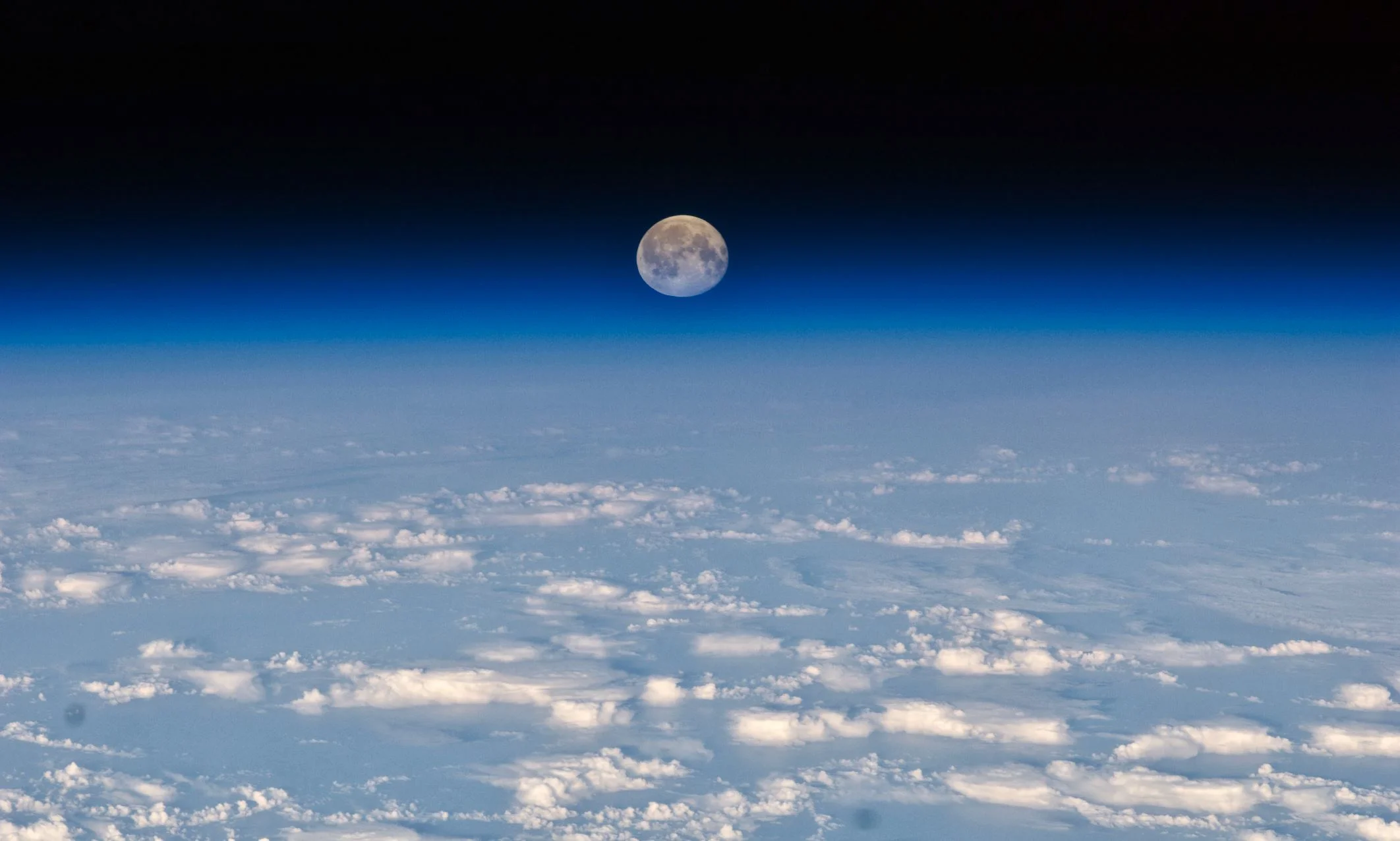Future moon settlers might benefit from oxygen extraction from lunar regolith as it can be used to create breathable air as well as a source for fuel. In addition, the newly found extraction method might also be useful for Mars colonization.
Image Credit: NASA - HDR tune by Universal-Sci
On the moon, a barren and inhospitable place, oxygen is a precious resource. Oxygen would be essential for a future moon colony to function. Producing oxygen on the moon has therefore been a topic of discussion among scientists for many, many years.
Now researchers have finally figured out a way to efficiently extract oxygen from lunar regolith. Regolith, a powdery substance, is formed via impacts of micrometeorites and can be found covering almost the whole surface of the moon. The findings of the study are published in the science journal Planetary and Space Science.
Specimens returned from the lunar surface establish that lunar regolith is made up of an incredible 40-45% percent oxygen by mass, its single most plentiful component. Scientists soon realized that it was a very promising substance indeed.
Beth Lomax, a researcher from the University of Glasgow, explains that the main problem with regolith, however, is that the oxygen is chemically bound in the substance as oxides in the form of glass or minerals. It is consequently unavailable for direct use.
Oxygen and metal from lunar regolith - Image Credit: Beth Lomax - University of Glasgow
Nevertheless, this new research provides proof that it is, in fact, possible to extract the oxygen with the extra benefit of leaving a potentially useful metallic by-product. Another significant additional advantage is that the extraction doesn't produce waste
To extract the oxygen, scientists used a method called molten salt electrolysis. Using this method, they were able to obtain nearly 100% of all oxygen contained within the material, while other proposed methods achieve significantly weaker yields.
First, scientists put powdered regolith in a mesh-lined basket with molten calcium chloride salt serving as an electrolyte, heated to 950°C. At this temperature, regolith remains solid. If the scientists then pass a current through the material, it causes oxygen to be extracted.
An important implication from this breakthrough is that a permanent lunar settlement just got a step closer to being viable in the long run. Advent Makaya, an ESA materials engineer, adds that this process could be used to extract helpful materials on Mars as well.
Promising developments and discoveries in the field of space colonization are adding up in recent months. Stay tuned!
Sources and further reading:
If you enjoy our selection of content please consider following Universal-Sci on social media:











